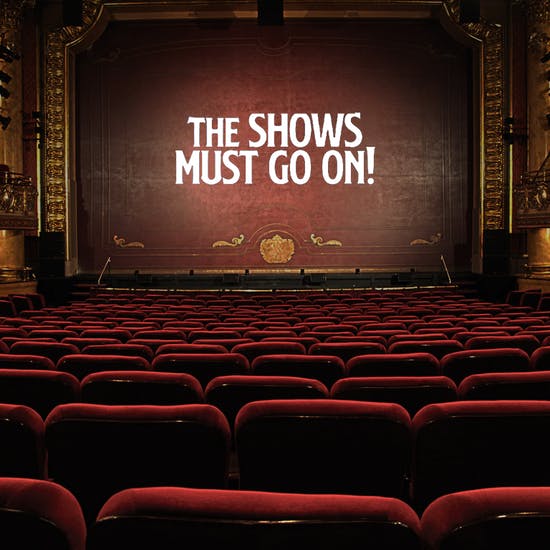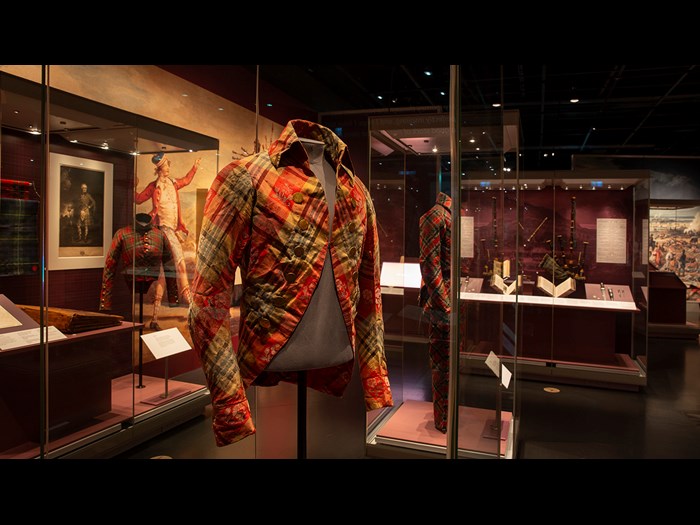The Shows Must Go On: Performances in the Pandemic
I’m a Theatre Girl. A bonafide Drama Geek.
I love it, everything about it.
The early arrival, the buzz in the foyer, the glass of wine served in a plastic cup to take into the auditorium, the usher guiding you to your seat, thumbing through the programme as you wait for the show to start, the dimming lights, the interval chatter, the overheard conversations of other show-goers opinions as you purchase your ice cream, the ice cream itself, the bows, the clapping, the cheering, the standing ovations.
I soak up the atmosphere.
It is and will always be the true love of my life.
If there’s one thing I have missed this lockdown it’s going to the theatre!
Thank God the Arts world has stepped up to bring The Shows Must Go On from Andrew Lloyd Webber.
I’m all about musical theatre! And this epic West End fundraiser has kept me going during this pandemic!
Last season saw West End Classics from The Phantom of the Opera to The Sound of Music and more modern classics like Hairspray.
And this season plans to give even more! It opened up with Fame followed by an all-star concert with Michael Ball and this weekend is set to be a West End Performance of Midnight Tango with Strictly stars Flavia Cacace and Vincent Simone.
The completely awesome thing is that they are putting on real-life musical theatre shows with most productions that are currently on hiatus in the West End taking part.
Generally, an excellent fundraising idea which has also been utilised by companies like the National Theatre and Bristol Old Vic.
But this isn’t limited to theatre companies! The British Museum has released documentary-style films about specific exhibitions Art Galleries have done similar work, with Grande Exhibitions beginning to tour Van Gogh Alive at Birmingham Hippodrome, navigating the storm that is Corona Virus.


